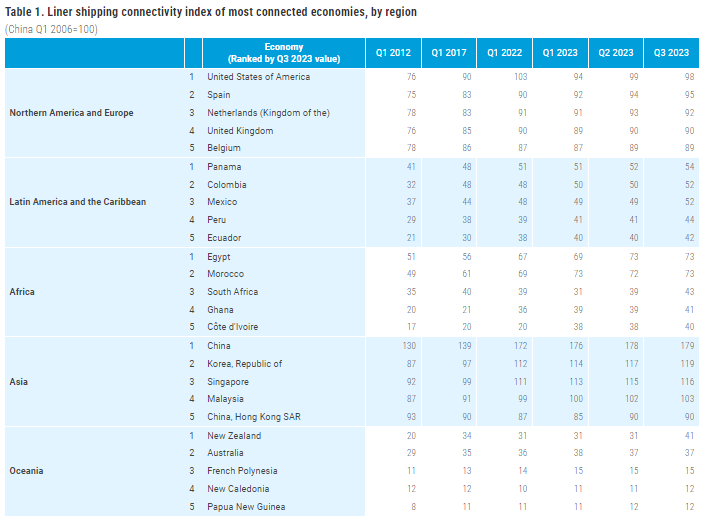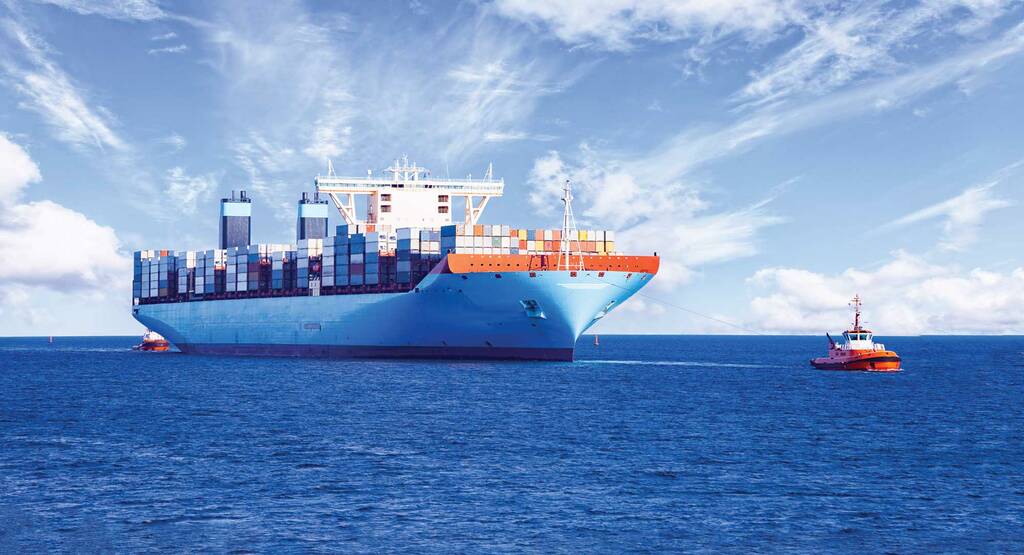China led the ranking of the most connected economies in shipping in the third quarter of 2023.
According to the Liner Shipping Connectivity Index (LSCI), China scored 179 points.
To understand the indicator: the LSCI indicates the position of an economy within global liner shipping networks. It is calculated from the number of ship calls, the container handling capacity of ports, the number of services and companies, the size of the largest ship and the number of countries connected through direct shipping services.

The most connected economies in maritime transport stand out for having advanced port infrastructure, strategic geographical position and active participation in international trade, making them key nodes in global maritime routes.
Most connected economies
This was followed by South Korea (119 points), Singapore (116), Malaysia (103) and the United States (98).
Overall, most regions recovered in terms of Covid-19 pandemic disruptions and shipping connectivity.
Maritime connectivity is crucial for the efficient transport of goods and boosting international trade.
Companies
As container ships have increased in size, the number of companies providing services has tended to decrease.
UNCTAD indicated that this trend appears to have been interrupted, or even reversed, over the past three years.
Since the end of 2019, vessel size has increased only minimally and, since mid-2022, shipping companies have been expanding into new markets and the average number of carriers providing services per country has increased.
In terms of vessel size, the current maximum sizes of containerships are comparable to those of the largest bulk carriers and tankers.
While there are container vessels on the drawing board of around 28,000 20-foot equivalent units (TEUs), it is quite possible that for the foreseeable future vessel sizes will not increase further.
As for the recent increase in the number of companies serving the average country, this is mainly related to the expansion of networks within Asia.

